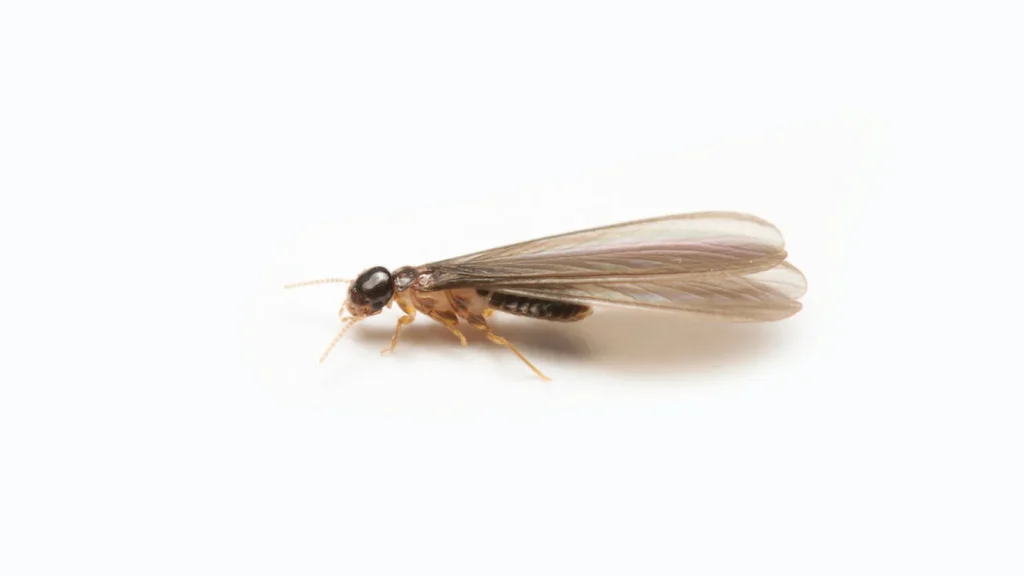Termites can be a nightmare for homeowners, especially in Singapore’s warm, humid climate, which makes termite infestations more common. The two main types of termites that infest homes here are drywood termites and subterranean termites. Knowing which type of termite is invading your home can help you take the right steps to protect your property. In this guide, we’ll cover the key differences between drywood and subterranean termites, signs of each type, and what to do if you find an infestation.
1. Understanding the Basics: Drywood vs. Subterranean Termites
Drywood Termites
Drywood termites thrive in dry wood, such as wooden furniture, beams, and framing in homes. Unlike other termites, they don’t need contact with soil, which allows them to infest wooden items directly. Drywood termites tend to build smaller colonies inside the wood they infest.

Subterranean Termites
Subterranean termites, on the other hand, require soil contact and prefer moist environments. They typically build larger colonies underground and use mud tubes to travel between the soil and wood sources. Subterranean termites can cause extensive structural damage as they build massive colonies.

Key Differences Between Drywood and Subterranean Termites
Understanding how drywood and subterranean termites differ is crucial to identifying which type might be in your home. Here’s a quick comparison:
| Characteristic | Drywood Termites | Subterranean Termites |
|---|---|---|
| Habitat | Found in dry wood; no soil contact needed | Prefer moist environments; need soil contact |
| Colony Size | Small to moderate | Large, often in the thousands |
| Entry Points | Directly into wood | From soil into home via mud tubes |
| Damage Rate | Moderate | High; can cause severe structural damage |
3. Signs of a Drywood Termite Infestation
Knowing the signs of drywood termites can help you catch an infestation early:
- Frass (Termite Droppings): Drywood termites leave small, pellet-like droppings, often found near infested wood. These droppings are usually light brown to dark brown.
- Swarming: During certain seasons, you might spot drywood termite swarmers, which are winged termites looking for a new place to start a colony.
- Wood Damage: Drywood termites create smooth, hollowed-out tunnels within the wood. Tapping on infested wood may produce a hollow sound.
4. Signs of a Subterranean Termite Infestation
Subterranean termites exhibit some different telltale signs:
- Mud Tubes: One of the most common indicators of subterranean termites is the presence of mud tubes along walls, foundations, or other structural surfaces. These tubes provide moisture and protection for termites as they travel.
- Swarms: Subterranean termites also swarm, typically after heavy rains. These swarms may indicate a nearby nest.
- Blistering Wood: Subterranean termites often leave the outer surface of wood intact but consume the inner layers, resulting in blistered or hollow-sounding wood.
5. How to Identify Which Type of Termite Is in Your Home
Here’s a simple checklist to help you determine whether you’re dealing with drywood or subterranean termites:
- Check for Mud Tubes: If you see mud tubes along the foundation or walls, you likely have subterranean termites.
- Look for Frass: Small, pellet-like droppings around wooden furniture or beams indicate drywood termites.
- Examine Damaged Wood: Hollowed wood with a smooth finish inside points to drywood termites, while subterranean termites create rough, layered damage due to their mud tubes.
6. What to Do if You Have a Termite Infestation
If you suspect a termite infestation, it’s best to act quickly. Here are some steps you can take:
- Get a Professional Inspection: A pest control specialist can help identify the termite species and the extent of the infestation.
- Consider Treatment Options: Different treatment options are more effective for different types of termites. Fumigation is often used for drywood termites, while soil treatments are more common for subterranean termites.
- Take Preventive Measures: To prevent future infestations, keep wooden structures dry, seal cracks around the foundation, and regularly inspect your home.
7. Protect Your Home from Termites
Both drywood and subterranean termites can cause significant damage if left unchecked. Regular inspections, moisture control, and prompt treatment can go a long way in protecting your home. If you’re concerned about termites, consider reaching out to a professional pest control service that specializes in termite treatment and prevention.
Identifying the type of termites infesting your home is the first step toward effective treatment. By understanding the differences between drywood and subterranean termites, you can take the necessary actions to safeguard your property. Don’t let termites cause costly damage—stay vigilant and proactive!



